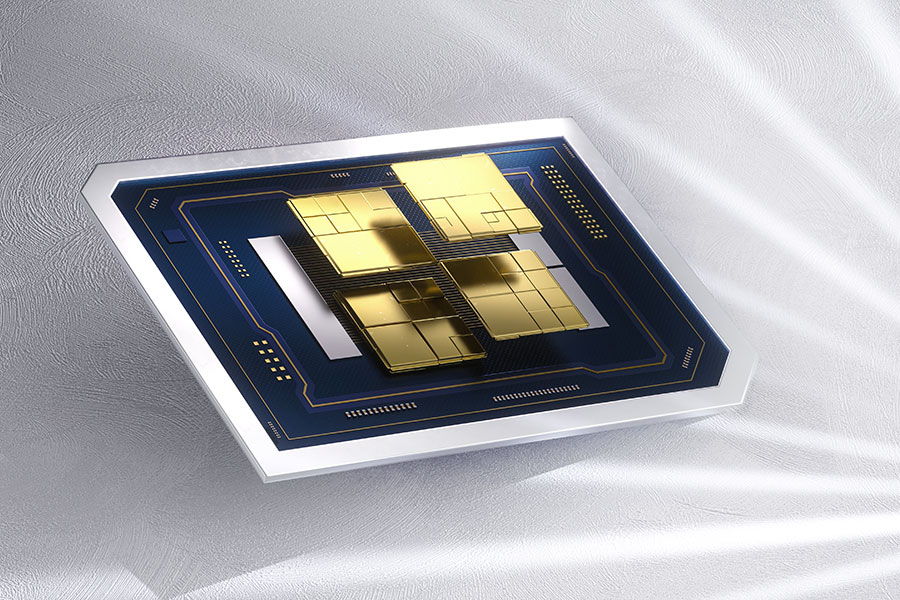
By Gabby Chen
(JW Insights) Apr 21 -- China's semiconductor industry saw a supply chain shift in the first quarter of 2023, according to a recent report by JW Insights analyst Zhao Yue.
The shift involves upstream equipment, midstream design, testing, and manufacturing, as well as downstream applications in consumer and automotive electronics, she added.

In October 2022, the US government imposed export controls on China, which severely restricted the country's access to production equipment containing US technology. Joining the US, the Netherlands and Japan also announced their implementation of export controls in March.
Industry sources revealed that three American semiconductor equipment companies - including Applied Materials, Lam Research, and KLA - have taken actions to relocate non-Chinese employees to Singapore and Malaysia or increase production capacity in Southeast Asia since October last year.
Toshiki Kawai, CEO of Tokyo Electron, Japan's largest equipment manufacturer, emphasized, "Given the backdrop of US export restrictions on China, it is crucial for Tokyo Electron to stay away from risks while maintaining an environment where cutting-edge equipment can be continuously supplied to clients."
Several multinational companies in the midstream of the industry are also reportedly considering relocating their supply chains away from China.
Semiconductor testing and packaging giant ASE Technology plans to move 25% of system-in-package capacity out of Chinese mainland. Intel is also considering expanding its chip testing and packaging factories in Southeast Asian countries, with a significant increase to its existing $1.5 billion investment in Vietnam.
Hideo Tanimoto, president of Japanese ceramics and electronics manufacturer Kyocera, emphasized, "The traditional business model of manufacturing products in China and exporting them abroad is no longer practical because of the ongoing US-China technology war." Kyocera will transfer production from China to other regions and invest in setting up factories in Japan.
Some consumer electronics manufacturers, such as Apple and Dell, are adjusting their supply chains due to geopolitical uncertainties. According to Bloomberg, Apple is secretly diversifying its supply chain to four countries: India, Vietnam, Malaysia, and Ireland.
However, Apple is facing difficulties with the transition of its supply chain to India. One of its suppliers, India's Tata Group, is only achieving a 50% yield rate at the iPhone cases plant in Hosur City, resulting in slower order fulfillment in India compared to China.
A similar shift occurs in the automotive industry. An automotive electronic component supplier in China mentioned that "The transfer of automotive parts is inevitable and only a matter of time." His company has already built a new factory in Vietnam and is considering establishing operations in Europe and the US.
But Bloomberg analysts noted that reducing reliance on China's technology supply chain dominance will be challenging. The analysis suggests that most companies could reduce their reliance on China by 20-40% by 2030.
Reports from Japanese media indicate that companies relocating their production from China are struggling to find suitable replacements for experienced Chinese talent.
During a visit to a contract manufacturer's plant in Vietnam, which had relocated from China, a purchasing manager from a Japanese electronics parts manufacturer observed that Chinese engineers oversaw key aspects of the production process, including quality assurance, adding that "It would take around ten years for the plant in Vietnam to become self-sustaining."
Despite recent efforts to reduce dependence on China's supply chain, the country remains a major player and significant semiconductor producer. Shifting away from China's intricate and skilled supply chain in semiconductors, hardware, and assembly may require years of substantial investment, said the JW Insights report.
RELATED
-
Apple’s Chinese supplier Luxshare Precision gives up $330 million investment in India
11-20 17:28 -
European Commission President von der Leyen will visit China in wake of the EU’s ongoing probe into China’s subsidies on EV industries
11-20 16:59 -
Local governments in China come up with policies to support AI development in 2023
11-17 19:12
READ MOST

No Data Yet~







